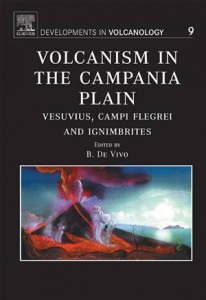The book deals with the study of three important volcanisms in the Campania Plain: Vesuvius, Campi Flegrei and Ignimbrites. The knowledge of the volcanic evolution of Vesuvius and Campi Flegrei has a particular relevance because of the hazards that these volcanoes pose to the about 1.5 million people living in the Neapolitan area. The contributors to the volume bring new data (experiments on volatile solubility, fluid-melt inclusions, tectonic, geophysical, isotope, geochronology), which are helpful in the creation of new models for a better understanding of the behaviour of the volcanic systems. In particular a hydrothermal model is used to explain the ground movements (bradyseism) at Campi Flegrei. To develop such a model, the authors use an analogue for the evolving Campi Flegrei sub-volcanic system, the model of the porphyry mineralized systems. For Campanian Ignimbrite the authors highlight the impact crystal-liquid separation has on melt compositional evolution and particularly focus on trace element and Th isotope evidence for open-system processes in the magma body associated with the Campanian Ignimbrite. The authors, for their interpretations, utilize thermodynamic and quantitative mass balance modelling of major and trace element data and semi-quantitative limits on Th and Sr isotopes to evaluate the role of crytal-melt separation, magma-fluid interaction, and assimilation of wallrock on the geochemical evolution of the Campamian Ignimbrite.
Volcanism in the campania plain: vesuvius, campi
Sobre
Talvez você seja redirecionado para outro site












